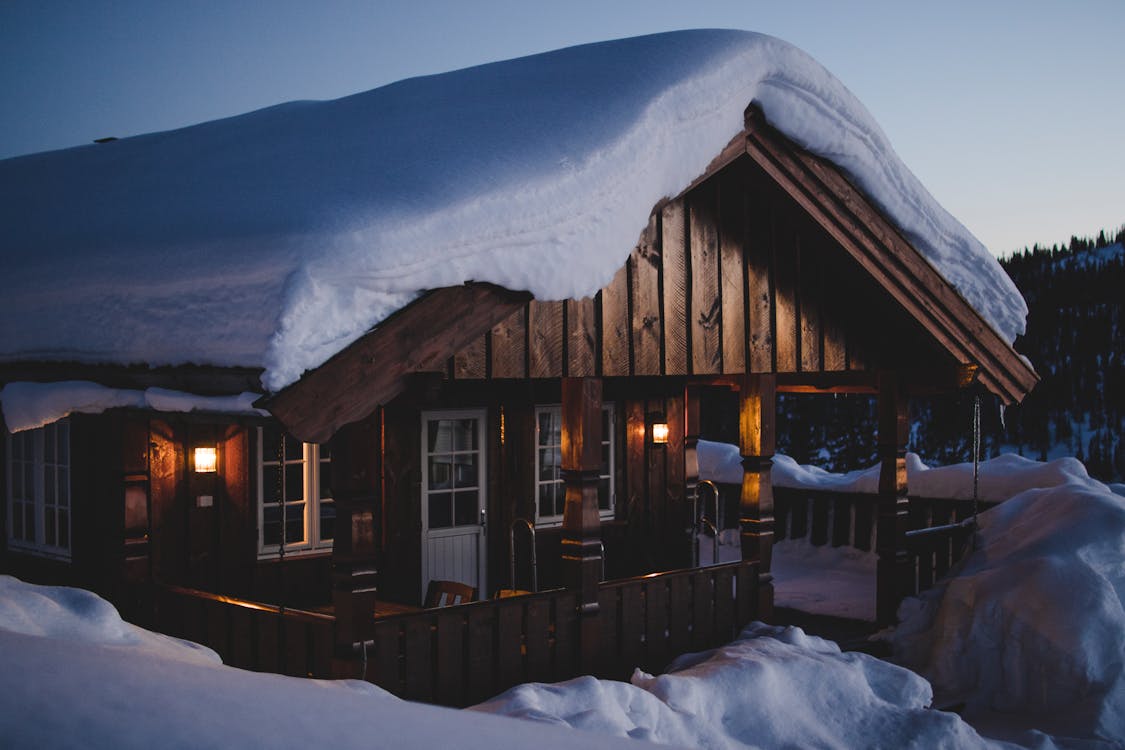As the climate crisis on our planet has become a climate emergency, a lot of us are looking for different ways to improve our carbon footprint. While this may initially seem like a daunting and expensive task, it truly isn’t. There are many small ways to start saving both energy and water around your home or building that won’t break the bank. Conservation kits are prepared with these types of savings in mind, and the items they contain provide instant savings once installed.
Improving Energy Efficiency
According to Time.com, “On average, remote workers have seen a $40-50 monthly increase in their energy costs—or as much as $600 a year.” With energy bills steadily on the rise, employing measures that can produce savings right away is even more pressing. Common items you’ll find in conservation kits include:
- LED Light Bulbs, which use up to 80% less energy than their incandescent counterparts
- Closed Cell Foam to limit drafts and heat from entering through doors
- Outlet Gaskets that block air leaks from outlets
- Rope caulk to seal air from entering through windows

Help Me Save Water
Each day, the average home in the United States uses approximately 80-100 gallons of water at home. A surprising number, right? When you consider the amount of times we wash our hands and dishes, flush the toilets, and even shower, this number really begins to take shape. Let’s take a step back, and see how we can bring this number down.
- Low flow aerators reduce the amount (but not the pressure) of water coming from faucets. Their flow rates range from 0.5-2.0 gallons of water per minute.
- Low flow shower heads follow this same concept, except with the shower. Many of these shower heads are also self-cleaning.
- A toilet tank bank is placed in the toilet tank to limit the amount of water used per flush.
- Outdoor water savers allow you to expand water savings outside of the home and into your gardens.
Saving energy and water at home, or in your building, can actually be quite simple. With a few quick installations of items found in conservation kits you can be well on your way to helping the climate and your wallet at the same time.












